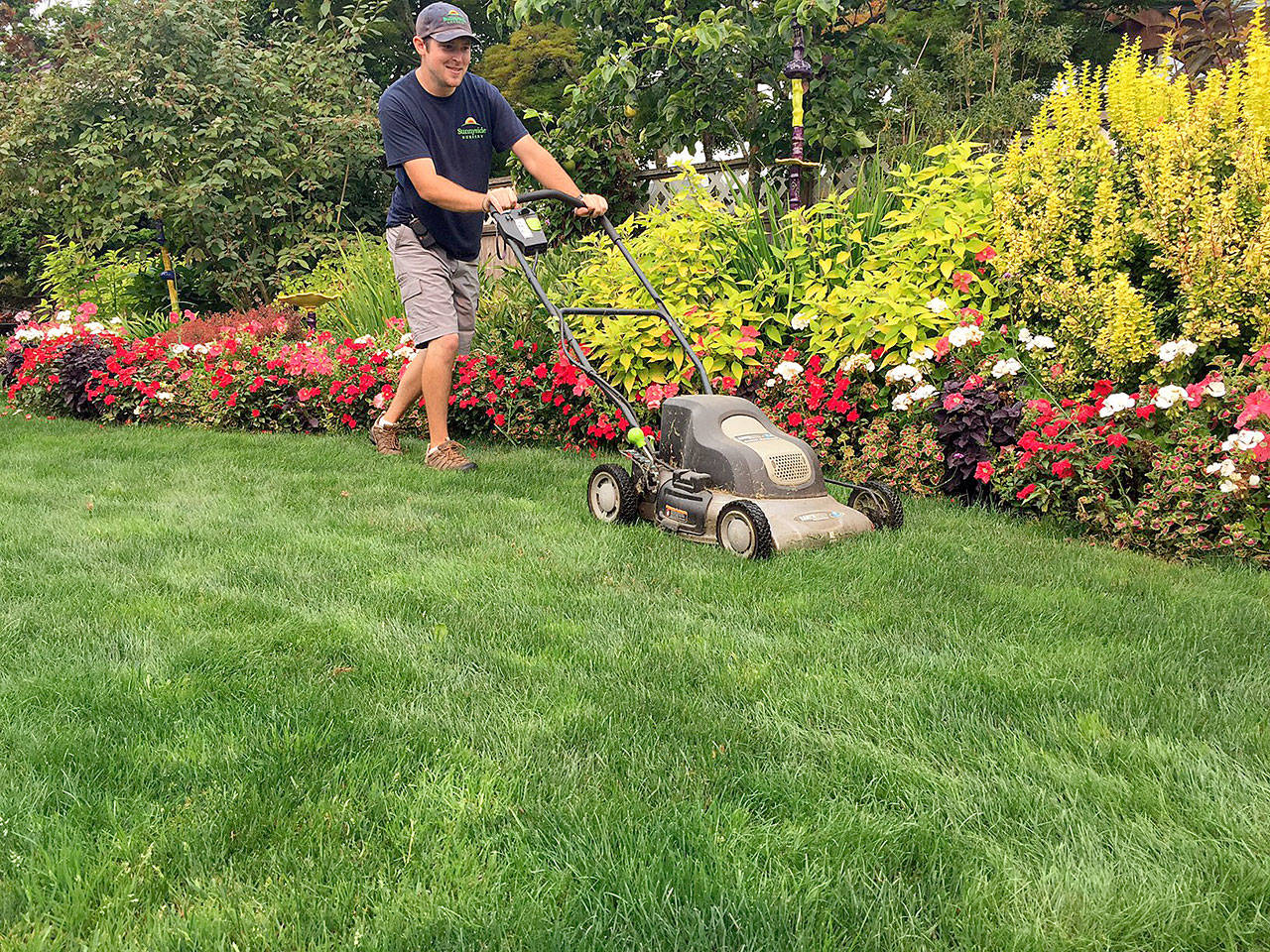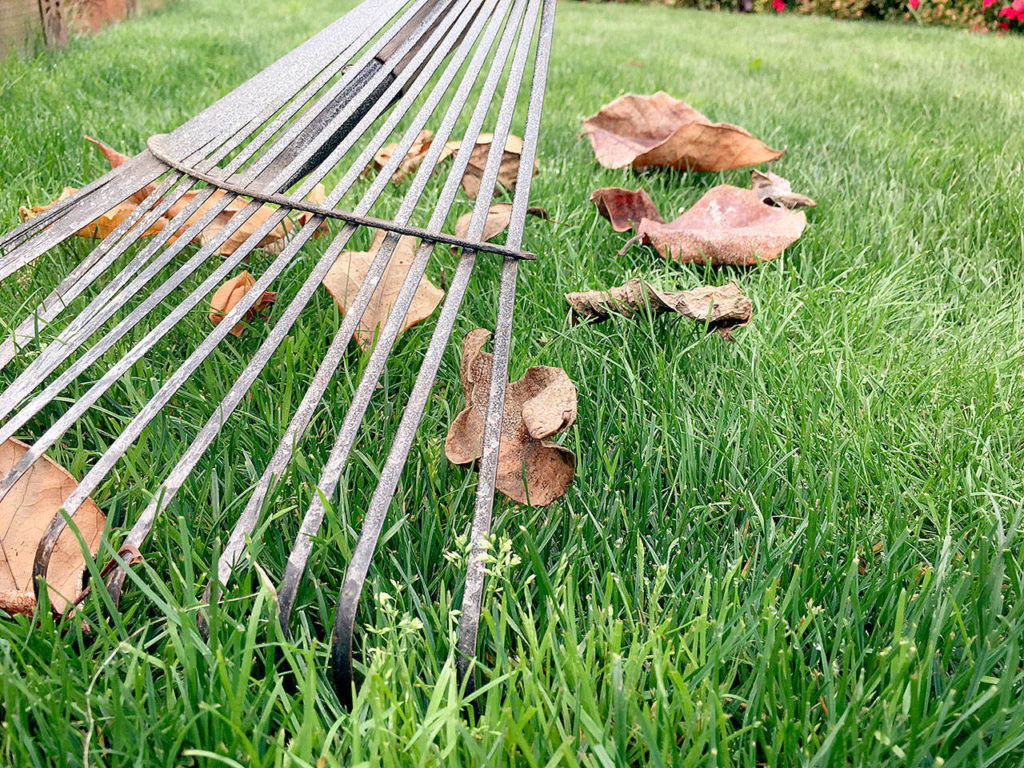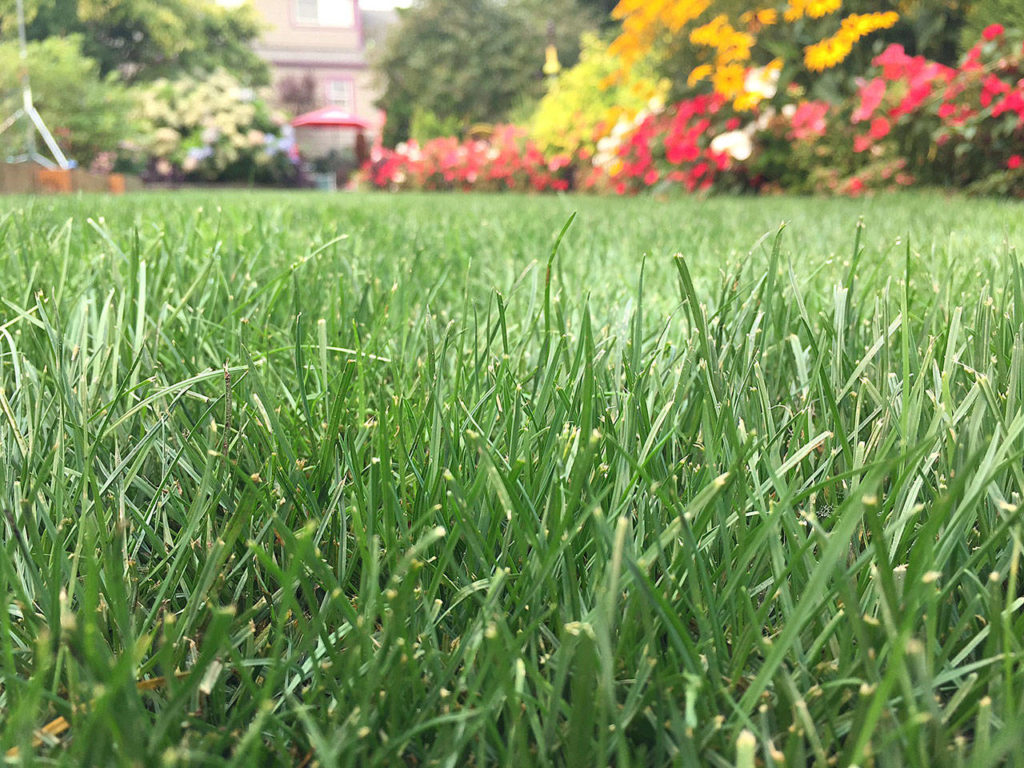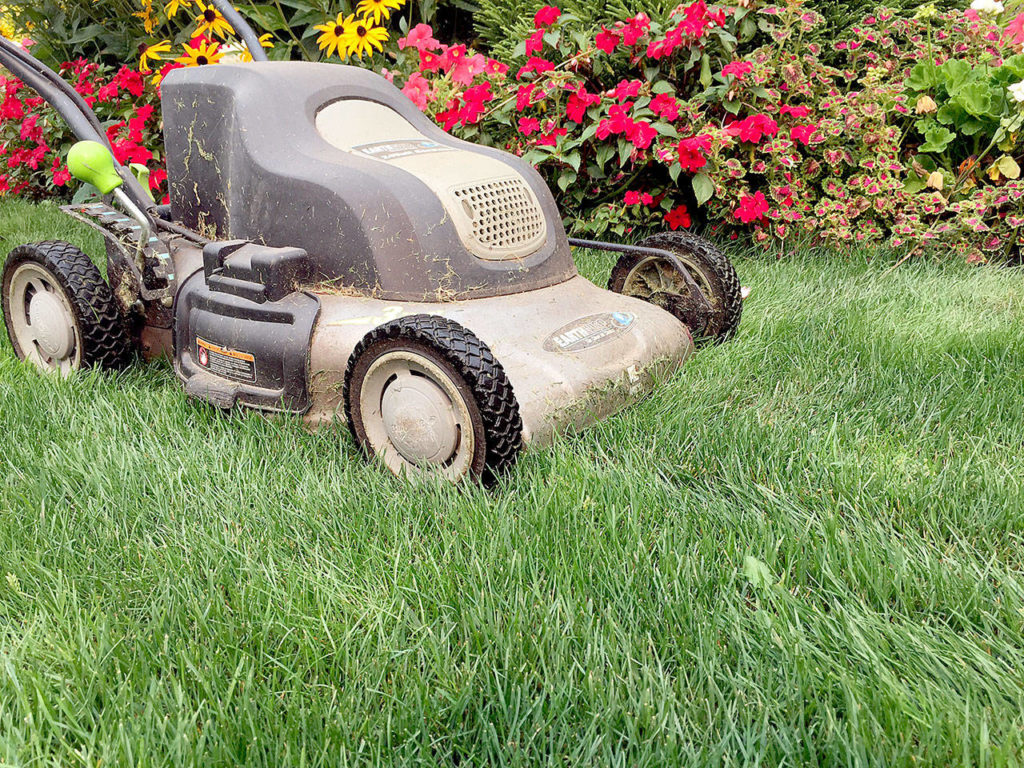Let’s face it: Even in today’s society, the lawn is the man’s domain.
It is literally his “turf” and, when left alone, he can spend endless hours mowing, edging, aerating, de-thatching, feeding, reseeding, watering and weeding. Not to mention the time it takes to keep his trusty John Deere steed in good running condition.
If this man is also a golfer, then his passion for his lawn is even more intense. Some would say it is obsessive, but I would submit that the lawn is probably the safest place in the garden for the man to be (and all the women say “Amen!”).
We have the British to thank for the evolution of the modern-day lawn (the Scots also had a hand in it). Originally reserved for the aristocracy, lawns slowly trickled down to the working class and, in the U.S., after World War II, they became synonymous with suburbia.
With the advent of the modern-day mower, synthetic fertilizers and pesticides, homeowners now spend countless hours and dollars maintaining their pride and joy. Depending on how the turf is maintained, this can either be an ecological disaster or a valuable bio-filter and climate moderator. Here are some thoughts to consider:
A healthy lawn starts with good soil preparation. This seems obvious, but the reality is that contractors leave home owners with an abysmal mess when it comes to soil. One to 3 inches of topsoil on top of a compacted base causes lawns to have shallow root systems, which in turn increases the need to irrigate. It also encourages diseases, not to mention that the lawn will usually be saturated and squishy all winter.
If there was only one thing a homeowner could afford to do in the garden, it would be to rip out the lawn and build up the soil so there is 6 to 12 inches of good friable soil. While this may seem expensive at first, in the long run, the upkeep will prove to be much easier and less costly.
(I keep hoping that someday the light bulb will go off within our city and county planning departments and they will start requiring contractors to provide 12 to 24 inches of good soil to grow stuff in. If they did this, they would completely eliminate the need for rain gardens and retention ponds. But alas, I am just a lowly garden center owner. What the heck do I know?)
Kick the synthetic fertilizer habit and adopt an organic lawn food. Again, this may cause sticker shock at first, but as the organic fertilizers build up a residual of nitrogen in the soil, less and less will be needed. A synthetic fertilizer typically needs to be applied four to six times a year. With organics, once you are on a program, twice a year is usually adequate. And as a bonus, the organic fertilizers also encourage healthy soil microorganisms, which in turn result in deeper root systems.
What is even more ironic is that using an organic fertilizer is so simple: You can use just one formulation year round. There is no need to worry about “fall formulas” or “weed and feed” or “starter blends.” One size really does fit all when it comes to organic fertilizer: It seems to do the trick all season long. (I am a big fan of the KISS approach — Keep It Simple Stupid.)
Avoid all weed and feed products like the plague. In my book, it’s fine to spot spray an occasional weed, but to apply an herbicide over the entire lawn is shear lunacy (and it is costly). While the best broadleaf weed killers are synthetic, there are some new iron-based formulas that are natural and fairly effective. They are certainly worth trying.
I mow my lawn to keep it around 2 to 3 inches tall year round and only water it in the summer when the soil is dry 2 inches down. Which means I only water my lawn once a week — believe it or not — and it does just fine. As with the rest of the garden, deep and infrequent waterings are the best.
There is no need to vilify lawns. When they are properly cared for, they are an environmental asset because they act as a bio-filter and a moderator of the climate around our homes. Maintain them responsibly, keep reasonable expectations about their purity, and everyone will win.
Steve Smith is the owner of Sunnyside Nursery in Marysville and can be reached at info@sunnysidenursery.net.
Lawn care
Attend a free class all about fall and winter lawn care at 10 a.m. Sept. 16 at Sunnyside Nursery, 3915 Sunnyside Blvd., Marysville. For more information or to sign up, visit www.sunnysidenursery.net.
Talk to us
> Give us your news tips.
> Send us a letter to the editor.
> More Herald contact information.




























